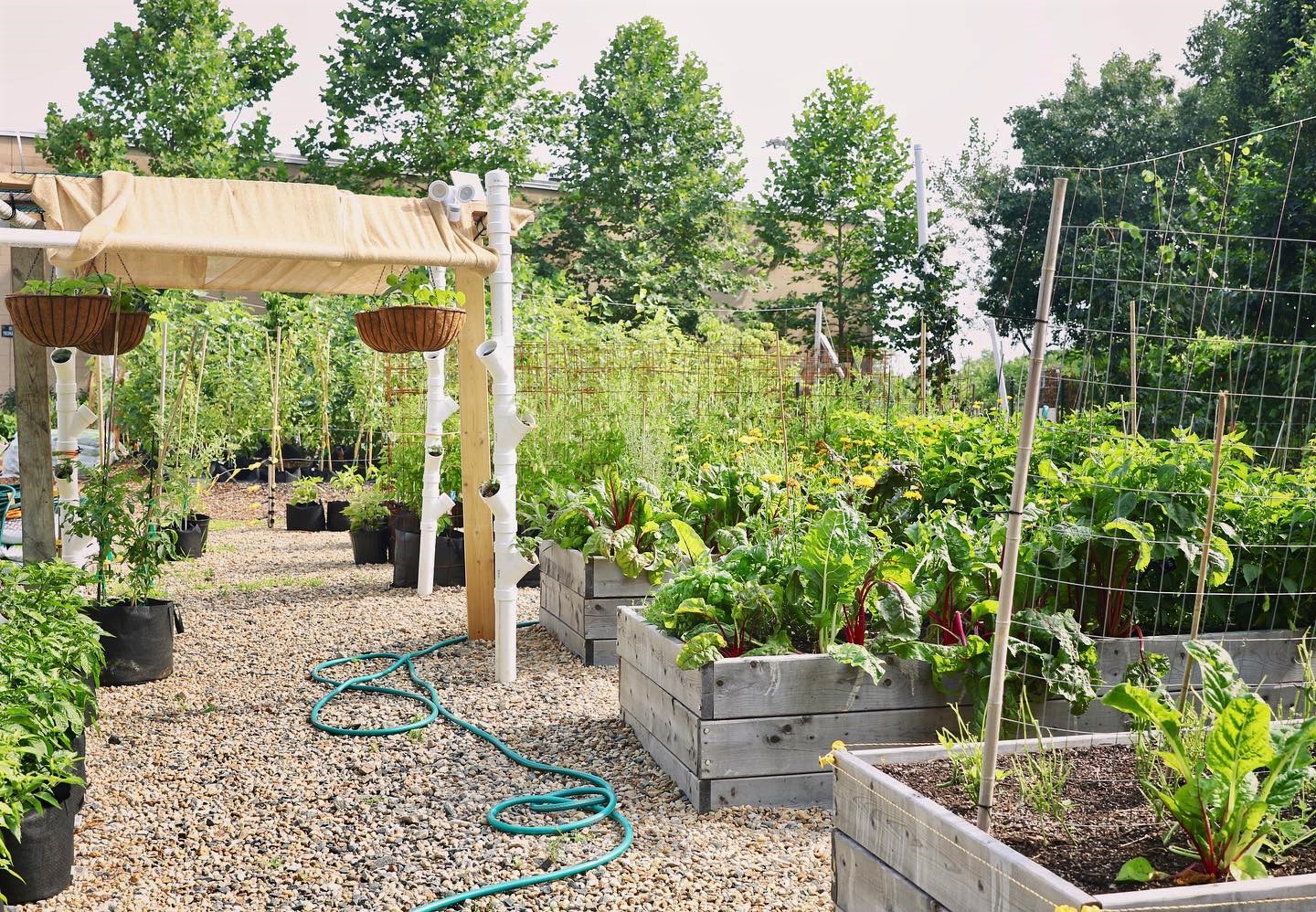
Your Vegetable Garden in Late Summer
Only a few weeks until the first day of autumn!
In zone 6 here in the northeast, our first frost will likely arrive October 15th or later. We still have time in the growing season to plant some cool weather vegetable crops. We experienced a long, cool spring this year so I still have some cool weather crops in my raised beds. Spinach was the first spring crop to bolt. After several good spinach harvests, I pulled out bolted plants to make way for beets, Swiss chard, peppers and flowers. We all ate tons of delicious chard, beets and beets greens. The flowers were beautiful this year – blue and pink bachelor’s buttons next to deep orange calendula look spectacular!
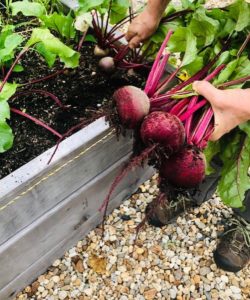
Today I will pull out the remaining Swiss chard to make room for fall/cool weather crops – purple top turnips, rutabaga, and daikon radish. I will take a chance with broccoli, cauliflower and Brussel sprouts just to see what happens. With longer periods of warm fall days and cool nights, we might get some broccoli and cauliflower florets and some tiny Brussel sprouts.
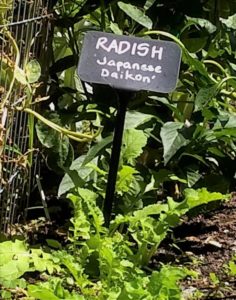
Out with the old and in with the new
Fall planting gives us an opportunity to lengthen our growing season and bring variety to our harvest. Don’t be afraid to pull out crops to make space for new plants. Our Swiss chard produced a bumper crop this year. Everyone at the Arborjet/Dirt on Dirt offices had chard forced upon them on a weekly basis! We did get some converts – those who never knew sautéed chard was so delicious! When I pull out the last of the chard today, I’ll prepare the soil and plant my cool weather crop seeds.
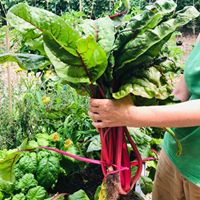
Frost dates in winter hardiness zones
When planning cool weather planting, research the average first frost dates for your planting zone (winter hardiness zone). This will help you know how many actual growing days you have left in the year. Be realistic about what will grow in that time period with the cooler weather. Some crops, like kale, may continue to flourish through the first light snowfall. Carrots and parsnips like to stay in the ground through the first couple of light frosts. Some feel this period of cold makes carrots and parsnips sweeter.
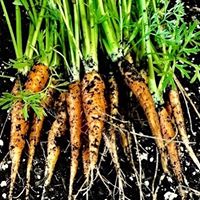
Good soil preparation is always a good idea!
Prior to planting, similar to spring planting, prepare the soil in your garden bed – remove spent plant debris and weeds, turn over the soil to break up clumps, and amend the soil with compost. Now is also a good time to add some ArborChar.
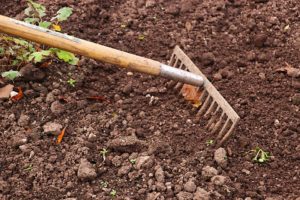
So many possibilities!
Some of the regulars for cool weather planting in zones 5 and 6 are beets (for greens), spinach, peas, lettuce, kale, carrots, Brussel sprouts, cabbage and broccoli. In zone 7 you can add to the list onions and potatoes. In zone 8, with the first frost date approaching December 1, you may plant all of the above along with onions, celery, collard greens, and many of the culinary herbs. In zones 9 and above, where gardening occurs almost year round, in the cooler seasons the temperature stays warm enough to plant peppers, cucumbers, eggplants and melons. You can start plants from seeds sown directly in the soil. Also, check out your local nursery or garden center. You may find new plant seedlings made available specifically for fall planting.
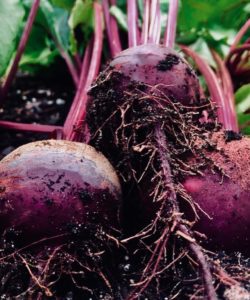
So – give it a try! Experiment with cool weather crops in your garden and see what happens. With warmer temperatures lasting longer these days, who knows? You might produce a nice crop of Brussel sprouts for your Thanksgiving dinner!
Happy gardening!
-Francesca
Francesca Holinko is a Horticulturist and Grower at Arborjet, Inc.


Sorry, the comment form is closed at this time.